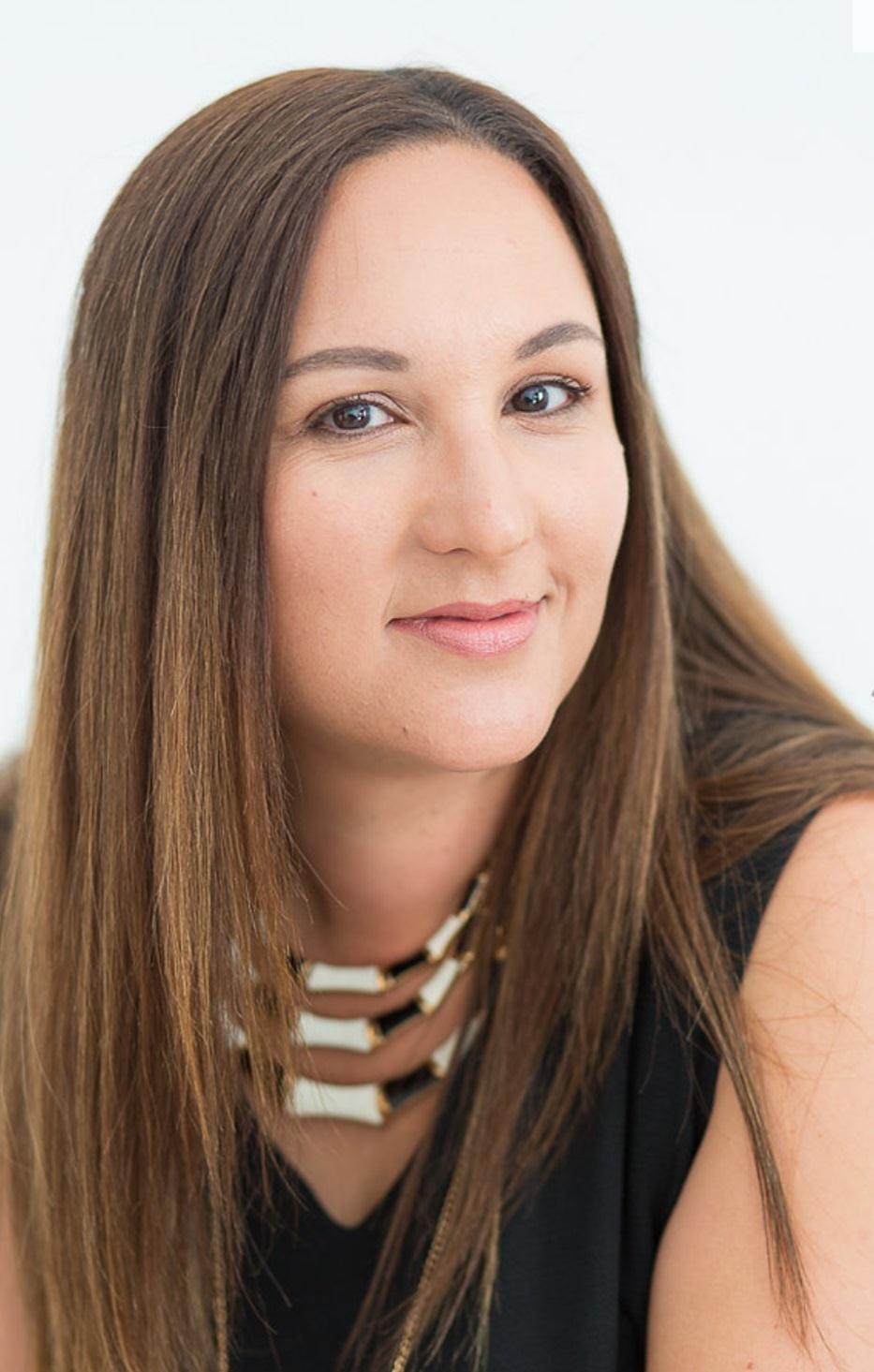How to draft a perfect CV
Chantelle ReidSo, you have finally attained your qualifications, and you plan on becoming independent by entering the workforce. As you embark on your career, you will have already imagined the perfect job to suit your desired lifestyle, a position that will afford you that latest car or an opportunity of traveling the world. But how do you go about getting that perfect job?
Firstly, you need to find a vacancy that matches your academic qualifications, experience, and interests. Then comes the critical part: drafting your curriculum vitae (CV), which will stand out amongst the hundreds, if not thousands, that usually end up on a recruiter's desk or inbox.
“Curriculum vitae” is a Latin phrase which means “course of life”. As such, it is a comprehensive document highlighting your professional and academic history. CVs typically include information such as work experience, achievements, scholarships, or grants you have earned, coursework completed, research projects, and publications of your work. An employer will ask you for this document when you apply for possible employment.
Below are a few tips to help you draft your CV:
• Use your legal names, not nicknames.
• Ensure that your correct contact number and email address are visible. Never use an email address like partygirl@goodtimes.com. Your potential employer is not likely to take your application seriously.
• The length of your CV is significant. Less is more when it comes to CVs, and while you should ensure that all the relevant information is available, irrelevant information is not necessary. Recruiters do not look at CVs longer than two to three pages.
• Only include copies of your qualifications if explicitly asked to do so.
• The modern CV does not necessarily need to include details like your relationship status; this is the detail that can be divulged during the interview if required.
• If you want to use a picture on your cover page, please ensure that it is a clear head-and-shoulders picture only. For each position you apply for, write a different cover letter. Nothing puts recruiters off more than recycled letters addressed to the wrong person or organisation.
• Ensure that your application reaches the organisation before the actual closing date.
• Use the method of application as prescribed. If the instruction is to email the application, do not personally drop off your application and insist on placing it in the recruiter's hands yourself.
• Avoid excessively bright colours and many pictures on your CV, unless you are a graphic designer and applying for a position that requires a display of your work.
• Align and justify your CV correctly, then save it in a Portable Document Format (PDF) file before sending it; this decreases the size in the recruiter's inbox.
Several excellent websites can provide you with a free CV template that is both professional and modern. All you have to do to make sure your CV stands out is to find one that works for you. Remember, you only get one chance at a first impression.
*Chantelle Reid is Bank Windhoek's recruitment manager.




Comments
My Zone
No comments have been left on this article